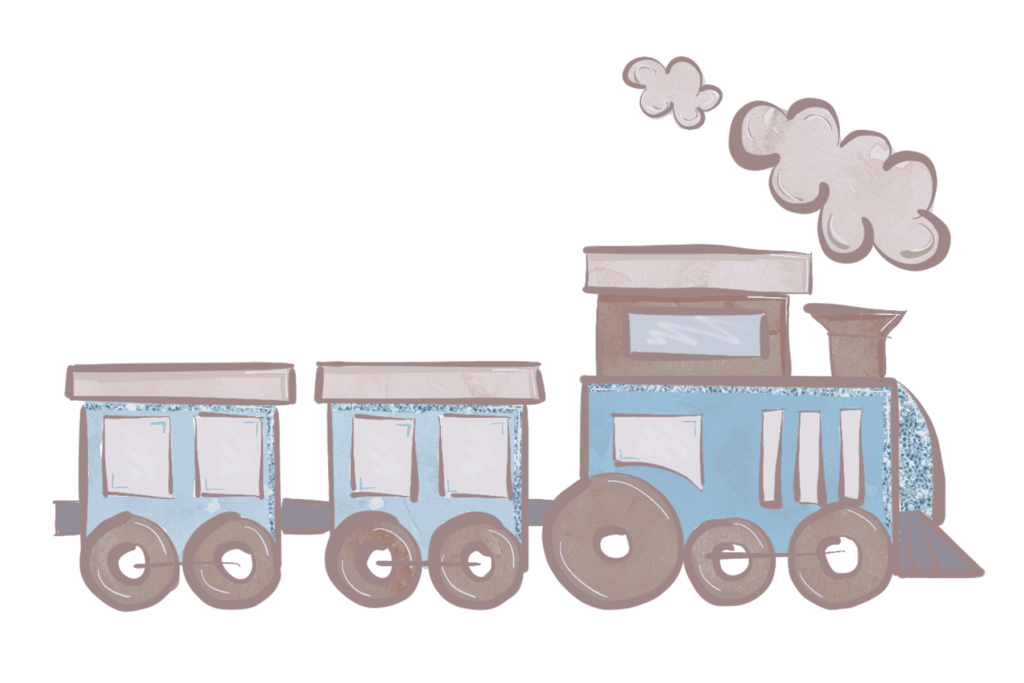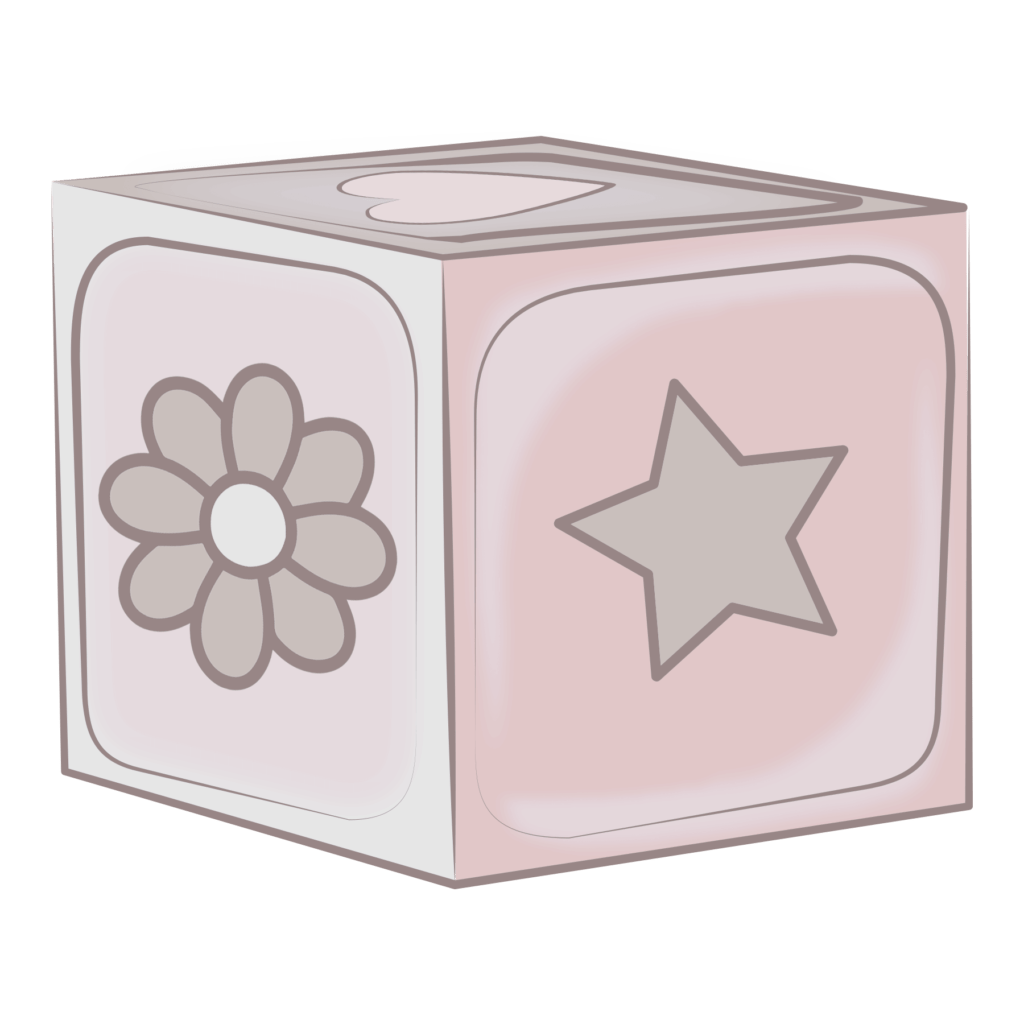Babies are born with an innate curiosity to explore the world around them. As parents, it is our role to nurture and engage this curiosity in meaningful ways. One effective method is through sensory play, which not only captivates their attention but also helps in their overall development. The science behind sensory play is fascinating, as it stimulates the baby’s senses and encourages brain connections to form.
When we create opportunities for our little ones to engage in sensory play, we are essentially providing them with a multi-sensory experience that supports their cognitive, motor, and emotional development. By introducing them to different textures, smells, sounds, and tastes, we are laying a strong foundation for their future learning and exploration.
The Importance of Sensory Play for Babies
Sensory play is crucial for a baby’s development as it helps them make sense of the world around them. It allows them to explore their environment using their senses, which in turn helps them develop important cognitive and motor skills. Through sensory play, babies learn about cause and effect, problem-solving, and develop their fine and gross motor skills.
Engaging in sensory play also provides babies with opportunities to improve their language and communication skills. As they explore different textures, colors, and shapes, they learn to describe their experiences, enhancing their vocabulary and ability to express themselves.
Furthermore, sensory play helps babies regulate their emotions. By engaging in activities that involve touch, smell, and movement, babies learn to self-soothe and manage their feelings. This is particularly helpful for babies who may experience sensory processing difficulties or have heightened sensitivities.
In summary, sensory play is not just about providing entertainment for babies but is a fundamental aspect of their overall development. By engaging their senses, we are nurturing their cognitive, motor, emotional, and language skills.
How Sensory Play Supports a Baby’s Development
Sensory play supports a baby’s development in numerous ways. Firstly, it helps stimulate their senses, including touch, sight, sound, smell, and taste. When babies engage in sensory play, their brain receives signals from these senses, which helps in the development of neural pathways and connections.
For example, when a baby touches different textures, their brain registers the sensations and begins to form associations between the texture and the corresponding feeling. This process enhances their tactile perception and fine motor skills.
Secondly, sensory play promotes cognitive development by encouraging babies to explore, problem-solve, and make connections. As they engage with various sensory materials, they learn to understand cause and effect relationships. For instance, when a baby pours water into a container and observes it overflowing, they learn the concept of volume and how liquids behave.
Moreover, sensory play enhances a baby’s language development. When babies interact with sensory materials, they often engage in babbling or vocalizing, which helps them practice their communication skills. Additionally, parents can use descriptive language during sensory play, introducing new words and concepts to expand their baby’s vocabulary.
Lastly, sensory play supports emotional development by providing babies with a safe and engaging outlet for self-expression. It allows them to explore different sensations and emotions, helping them regulate their feelings and develop emotional resilience.
Types of Sensory Play Activities for Babies
There are numerous sensory play activities that can be incorporated into your baby’s daily routine. These activities can be easily adapted to suit your baby’s age and developmental stage. Here are some examples:
- Messy Play: Messy play involves activities that allow babies to explore different textures and materials. This can include playing with finger paints, squishing slime, or digging in sensory bins filled with rice or sand. Messy play not only provides tactile stimulation but also encourages creativity and imaginative play.
- Water Play: Water play is a great way to engage babies’ senses while promoting their cognitive and motor skills. Activities such as splashing in a baby pool, playing with water toys, or pouring water from one container to another help babies develop hand-eye coordination, spatial awareness, and problem-solving skills.
- Sensory Bags: Sensory bags are easy to make and offer babies a variety of tactile sensations. Fill a resealable bag with different materials such as colored gel, hair gel, or water beads. Babies can explore the textures and colors by pressing on the bag or moving their hands across it.
- Music and Movement: Engaging babies in music and movement activities stimulates their auditory and kinesthetic senses. Singing songs, playing musical instruments, dancing, or creating homemade shakers are all great ways to introduce babies to different sounds and movements.
- Nature Walks: Taking your baby on a nature walk provides them with a rich sensory experience. They can feel the grass beneath their feet, hear the sounds of birds chirping, and see the vibrant colors of flowers. Nature walks not only stimulate their senses but also foster a connection with the natural world.
These are just a few examples of sensory play activities that can be incorporated into your baby’s routine. The key is to provide a variety of experiences that engage all their senses and allow for exploration and discovery.
Creating a Sensory Play Environment at Home
Creating a sensory play environment at home doesn’t have to be complicated or expensive. With a few simple materials and some creativity, you can easily set up a space that stimulates your baby’s senses and promotes their development.
- Designated Sensory Area: Set aside a specific area in your home where your baby can engage in sensory play. This can be a small corner in their bedroom or a dedicated play area. Make sure the space is safe and easily accessible for your baby.
- Lighting: Consider the lighting in the sensory play area. Natural light is ideal, but if that’s not possible, use soft, warm lights to create a calming atmosphere. Avoid harsh, bright lights that may overstimulate your baby’s senses.
- Textured Surfaces: Introduce different textured surfaces for your baby to explore. This can include soft rugs, foam mats, or even large cushions. These surfaces provide a comfortable base for sensory play activities and add a tactile element to the environment.
- Storage and Organization: Use storage bins or baskets to keep sensory play materials organized and easily accessible. This not only helps keep the play area tidy but also allows your baby to participate in the process of selecting materials for play.
- Safety Considerations: Ensure that all materials used in sensory play are safe and age-appropriate. Avoid small objects that can be a choking hazard and be mindful of any allergies your baby may have. Regularly inspect materials for wear and tear to ensure they are in good condition.
Creating a sensory play environment at home provides a dedicated space for your baby to engage in stimulating activities that support their development. It allows them to explore and learn at their own pace while providing a sense of security and familiarity.
Safe Materials for Sensory Play
When it comes to sensory play, it’s important to ensure that the materials used are safe for your baby. Here are some safe materials commonly used in sensory play:
- Play Dough: Homemade or store-bought play dough is a versatile sensory material that provides tactile stimulation. Ensure the play dough is non-toxic and avoid using it with babies who are still putting objects in their mouths.
- Water Beads: Water beads are small, colorful balls that expand when soaked in water. They provide a unique tactile experience and are safe for babies to explore under supervision. Be sure to follow the instructions for use and keep them away from babies who may put them in their mouths.
- Fabric Scraps: Soft fabric scraps of different textures can be used for sensory play. Babies can explore the different textures by touching, rubbing, or even scrunching the fabric in their hands.
- Natural Materials: Nature provides a wealth of safe sensory materials. Pinecones, leaves, shells, and smooth rocks can all be used for sensory play. Ensure the materials are clean and free from any sharp edges or small parts that may pose a choking hazard.
- Kitchen Items: Everyday kitchen items such as measuring cups, spoons, and bowls can be used for sensory play. Babies can explore the different shapes, sizes, and textures while developing their fine motor skills.
Always supervise your baby during sensory play to ensure their safety. Regularly inspect materials for any signs of wear and tear and replace them as needed.
Sensory Play Ideas for Different Age Groups
Sensory play can be adapted to suit babies of different age groups. Here are some sensory play ideas for each stage of development:
- 0-6 Months: At this stage, babies are primarily exploring the world through their senses. Activities such as tummy time on different textured surfaces, exploring soft toys with different textures, or listening to soothing music can be engaging for babies in this age group.
- 6-12 Months: As babies start to develop their fine motor skills, introducing activities that involve reaching, grasping, and manipulating objects can be beneficial. Examples include water play with cups and containers, exploring sensory bags filled with safe materials, or playing with soft blocks of different shapes and sizes.
- 12-18 Months: Toddlers in this age group are eager to explore and engage in messy play. Activities such as finger painting with edible paint, playing with water and pouring objects, or exploring sensory bins filled with rice, pasta, or sand can provide endless entertainment and stimulation.
- 18-24 Months: As toddlers continue to develop their fine and gross motor skills, activities that promote coordination and balance are beneficial. Introduce activities such as playing with play dough, engaging in simple cooking or baking activities, or building towers with blocks.
- 24-36 Months: Preschoolers are ready for more complex sensory play activities that involve problem-solving and creativity. Activities such as building with Lego blocks, creating sensory bottles filled with different materials, or engaging in pretend play with dress-up costumes can provide hours of sensory stimulation.
Remember to adapt the activities to suit your baby’s individual needs and interests. Observe their cues and preferences to ensure they are engaged and enjoying the sensory play experience.
Benefits of Sensory Play for Babies with Special Needs
Sensory play is particularly beneficial for babies with special needs as it can help address specific challenges they may face. Here are some benefits of sensory play for babies with special needs:
- Sensory Integration: Sensory play activities can help babies with sensory processing difficulties integrate and process sensory information more effectively. By providing a variety of sensory experiences, these babies can learn to regulate their responses to different stimuli and develop coping strategies.
- Motor Skills Development: Many babies with special needs may experience delays in their motor skills development. Sensory play activities that involve reaching, grasping, and manipulating objects can help improve their fine and gross motor skills.
- Communication and Social Skills: Sensory play provides opportunities for babies to engage in social interaction and develop their communication skills. It allows them to practice turn-taking, sharing, and expressing themselves through gestures, sounds, or words.
- Self-Regulation: Babies with special needs often face challenges with self-regulation. Sensory play activities can help these babies learn to self-soothe, manage their emotions, and develop a greater sense of control over their environment.
It’s important to consult with healthcare professionals or therapists who specialize in working with babies with special needs to tailor sensory play activities to their specific requirements. They can provide guidance and recommendations based on your baby’s individual needs and abilities.
Incorporating Sensory Play into Daily Routines
Incorporating sensory play into your baby’s daily routines doesn’t have to be time-consuming or complicated. Small, simple activities can be seamlessly integrated into your daily routines. Here are some ideas:
- Mealtime Sensory Play: During mealtime, provide your baby with different textured foods to explore. This not only introduces them to new tastes but also stimulates their sense of touch and enhances their oral motor skills.
- Bath Time Sensory Play: Bath time offers an excellent opportunity for sensory play. Use bath toys with different textures, introduce colored bath bombs or bath paints, or play with water play toys to engage your baby’s senses.
- Outdoor Sensory Play: Take advantage of outdoor spaces to engage your baby’s senses. Take them to the park to explore different textures, sounds, and smells. Allow them to touch leaves, feel grass beneath their feet, and listen to the sounds of nature.
- Bedtime Sensory Play: As part of the bedtime routine, engage your baby in calming sensory activities. This can include reading books with different textures, playing soothing music, or gently massaging their hands and feet to promote relaxation.
By incorporating sensory play into daily routines, you provide your baby with consistent opportunities to engage their senses and support their development. These activities become a natural part of their daily experiences and help create a stimulating and nurturing environment.
Sensory Play Toys and Products for Babies
There are numerous sensory play toys and products available in the market that can enhance your baby’s sensory experiences. Here are some popular options:
- Sensory Balls: Soft-textured balls of different sizes and textures provide babies with tactile stimulation and improve their hand-eye coordination.
- Activity Gyms: Activity gyms with hanging toys, mirrors, and different textures offer babies a variety of sensory experiences while encouraging movement and exploration.
- Stacking and Nesting Toys: These toys allow babies to engage in problem-solving, develop their fine motor skills, and explore different shapes and sizes.
- Musical Instruments: Simple musical instruments such as maracas, drums, or xylophones introduce babies to different sounds and encourage them to explore rhythm and movement.
- Sensory Books: Books with different textures, flaps to lift, or sound buttons engage multiple senses and promote language development.
When selecting sensory play toys and products, consider your baby’s age, developmental stage, and individual preferences. Choose toys that are safe, durable, and encourage open-ended play.
Conclusion
Engaging your baby in sensory play is not only a fun and stimulating experience but also a crucial aspect of their overall development. By providing opportunities for your baby to explore different textures, sounds, smells, and tastes, you are supporting their cognitive, motor, and emotional growth.
Remember to create a safe and stimulating sensory play environment at home, using age-appropriate materials and activities. Incorporate sensory play into daily routines, allowing your baby to engage their senses during mealtime, bath time, outdoor exploration, and bedtime.
Sensory play is particularly beneficial



















